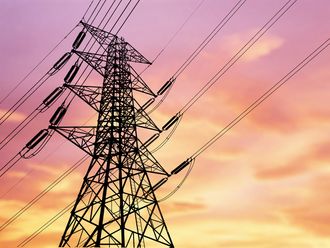Kolkata: The Indian Railways have finally taken up the task of protecting wildlife from speeding trains that have killed at least 65 elephants since 2010.
According to officials, railway authorities are collaborating with the Indian Institute of Technology (IIT) to develop new technology to tackle this issue.
“We are closely working with IIT to implement technology to prevent such accidents happening in the future. Apart from unmanned aerial vehicles (UAV), we are experimenting with other techniques [that] will alert the train driver of movement of elephant herds and [allow them to] take preventive action,” Devi Prasad Pande, member of the Railway Board, told Gulf News over the phone.
The UAV’s will be equipped with night visibility systems through infrared sensor imaging and on-board communication devices that will inform the driver of the movements of elephant herds. Apart from UAV’s, the railways also want to install heat and motion sensors that can be fitted on railway tracks to act as an early warning system.
These sensors will detect animals by their body heat as they move close to the tracks and the same information will then be relayed almost at once to a coordinating centre that will forward it to the train driver.
This technology will mostly be used by the Northeast Frontier Railway region, which covers parts of Bihar, Assam and West Bengal. Twenty two tuskers died in those regions in 2013.
“We will start a pilot project using all these technologies, starting with the 165 kilometre track between north Bengal’s Jalpaiguri and Alipurduar soon. If the results are satisfactory, it will be rolled out all over the region,” Pande said.
Presently, the railways have reduced the speed of passenger trains passing through the region in the night to 40km/h, which the authorities feel will affect regions’ commercial viability. They have also built underpasses and electric fencing to prevent animals from walking onto tracks.
However, environmentalists feel that the best solution has been to remove railway tracks from these region and lay them beyond the jungle.
“There is no guarantee that elephants will go through underpasses every time. Also, what if these technologies do work [only] for a certain time and accidents happen? It is best to remove the railway tracks,” Sujit Purakayatha, a forest expert in that region, said.












